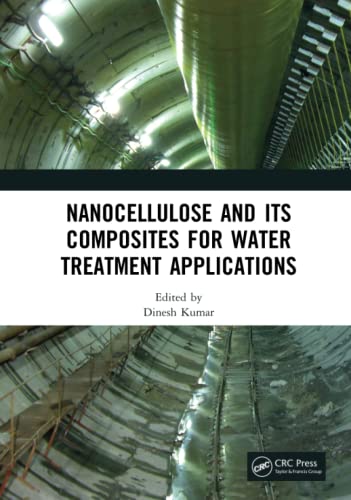

Most ebook files are in PDF format, so you can easily read them using various software such as Foxit Reader or directly on the Google Chrome browser.
Some ebook files are released by publishers in other formats such as .awz, .mobi, .epub, .fb2, etc. You may need to install specific software to read these formats on mobile/PC, such as Calibre.
Please read the tutorial at this link: https://ebookbell.com/faq
We offer FREE conversion to the popular formats you request; however, this may take some time. Therefore, right after payment, please email us, and we will try to provide the service as quickly as possible.
For some exceptional file formats or broken links (if any), please refrain from opening any disputes. Instead, email us first, and we will try to assist within a maximum of 6 hours.
EbookBell Team

4.4
102 reviewsBiological materials and their applications have drawn increasing attention among scientists. Cellulose is an abundant, renewable, biodegradable, economical, thermally stable, and light material, and it has found application in pharmaceuticals, coatings, food, textiles, laminates, sensors, actuators, flexible electronics, and flexible displays. Its nano form has extraordinary surface properties, such as higher surface area than cellulose; hence, nanocellulose can be used as a substitute for cellulose. Among many other sustainable, functional nanomaterials, nanocellulose is attracting growing interest in environmental remediation technologies because of its many unique properties and functionalities.
Nanocellulose and Its Composites for Water Treatment Applications supplies insight into the application of nanocellulose and its nanocomposites for water purification and remediation. It covers different classes of nanocellulose―cellulose nanocrystal (CNC), microfibrillated cellulose (MFC), hairy cellulose nanocrystalloid (HCNC), and bacterial nanocellulose (BNC)―for their competency with other renewable and carbonaceous materials such as pectin, alginate, and CNTs. Future perspectives of nanocellulose and nanocomposites gleaned from different biodegradable origins are also discussed.
This book delves into an updated description of the basic principles and developments in synthesis, characterization methods, properties (chemical, thermal, optical, structural, surface, and mechanical structure), property relationships, crystallization behavior, and degradability of biodegradable nanocomposites. The book also supplies vivid information about various cellulose nanomaterials and their applications in absorbing organic and inorganic toxins, membrane filtration of bacteria, viruses, and ionic impurities, photocatalytic dye removal, and sensing of water toxins.
Features
This book will be useful for academics, researchers, and engineers working in water treatment and purification.